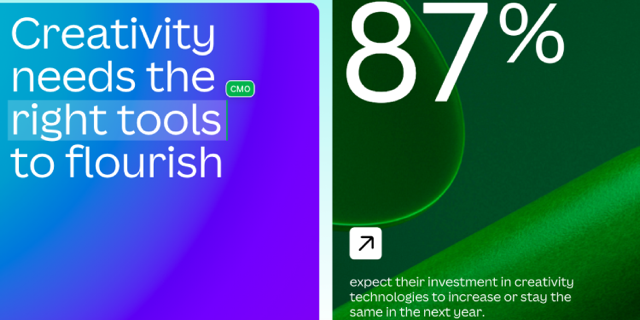Mumbai: Canva, an all-in-one visual communication platform, today unveiled insights from a study of more than 500 business professionals on the challenges of fostering creativity within the workplace.
Harvard Business Review Analytic Services conducted a global study in association with Canva and revealed that 96% of survey respondents agree creative ideas are essential to an organization’s long-term success and performance. In addition, 94% agree that organisations that invest in creative tools and technology will be more successful in the future.
However, while many acknowledge the importance of creativity and seek a creative edge, few are successfully converting innovative ideas into business impact.
Three categories of organisations emerged from the survey responses: leaders, followers, and laggards. These groupings were based on the organisations’ success at identifying creative solutions to business problems according to the respondents, regardless of whether the idea was implemented. Leaders (22%) are those organizations that are “very successful” at identifying and implementing creative solutions to business problems, while followers (56%) are “somewhat successful” and laggards (22%) are “not very successful.”
Top findings include:
Workplaces are failing to nurture the creativity of their employees. Nine out of ten (91%) respondents agree that creative thinking is a key attribute for employees to possess yet more than half of laggards (58%) say their organisational culture doesn’t reward creative pursuits. Only 19% of leaders say the same.
Leaders (41%) are more likely than followers (17%) and laggards (8%) to encourage greater creativity by rewarding employees for taking creative risks and thinking outside the box.
Creativity must come from the top. Ninety-four per cent agree that having a creative leader increases the creativity of their team. However, despite this widespread acknowledgment, nearly three-quarters of laggards (72%) say the leadership at their organisation is not engaged enough in creative thinking to support creativity among employees. Among leaders, only 23% of respondents felt the same.
Creativity needs the right tools to flourish. Ninety-four per cent of respondents agree that organizations that invest in creative technology will be more successful in the future. Eighty-seven per cent expect their organization’s overall financial investment in creativity-building tools and technologies to increase or stay the same in the next year.
Currently, the most used technologies to unlock creativity among leaders are collaboration platforms (65%), visual communication (64%), and data visualization tools (56%). Collaboration can enhance the creative process by tapping into new ideas, perspectives, and approaches. Leaders are significantly more likely than laggards to facilitate cross-functional collaboration (53% vs. 14%) and encourage different ways of thinking (52% vs.15%).
Generative AI is helping organisations get ahead. Forty-two percent of leaders think gen AI can enhance creativity at their organisation to a great extent. For example, according to leaders, gen AI may fuel creativity by: automating repetitive tasks, freeing employees up to focus on more creative endeavours (62%), accelerating idea generation (60%), and creating content with minimal human intervention (49%). While forty-seven per cent of leaders are using gen AI tools to foster creativity for the purpose of strategic growth, only 30% of followers and 14% of laggards are doing so.
“In a business world focussed on the bottom line, it’s easy to lose sight of the value of creativity. The findings highlight that creativity isn’t just a complement to business growth, it’s foundational to driving long-term success. Ultimately, innovation and creativity is what will differentiate the leaders from the laggards; it’s what drives growth in a challenging landscape” said Cameron Adams, co-founder, chief product officer, Canva.

















